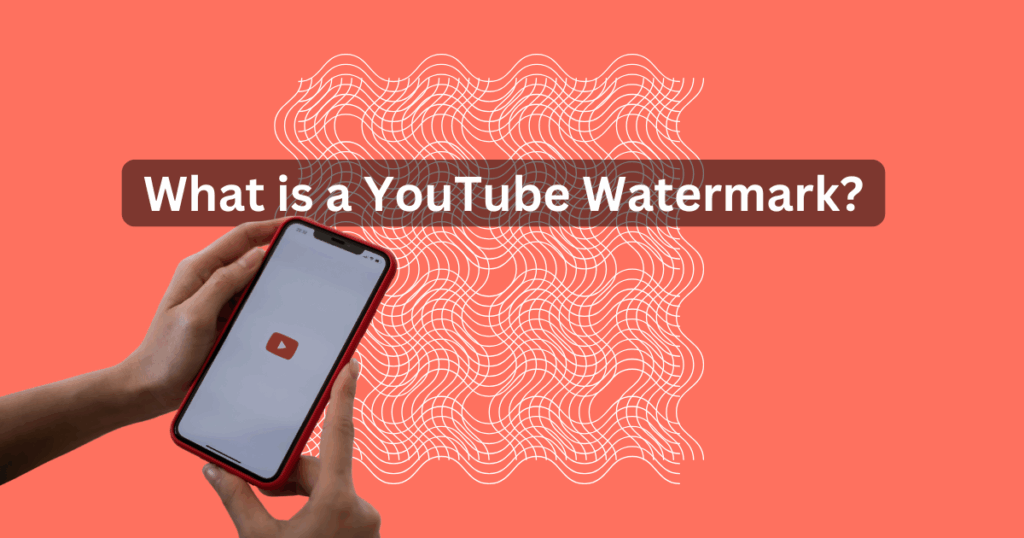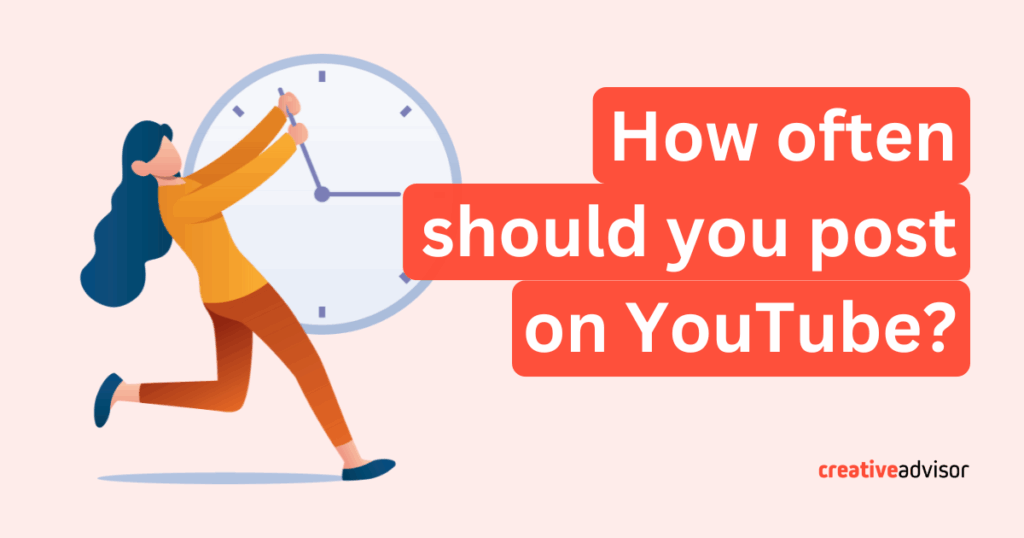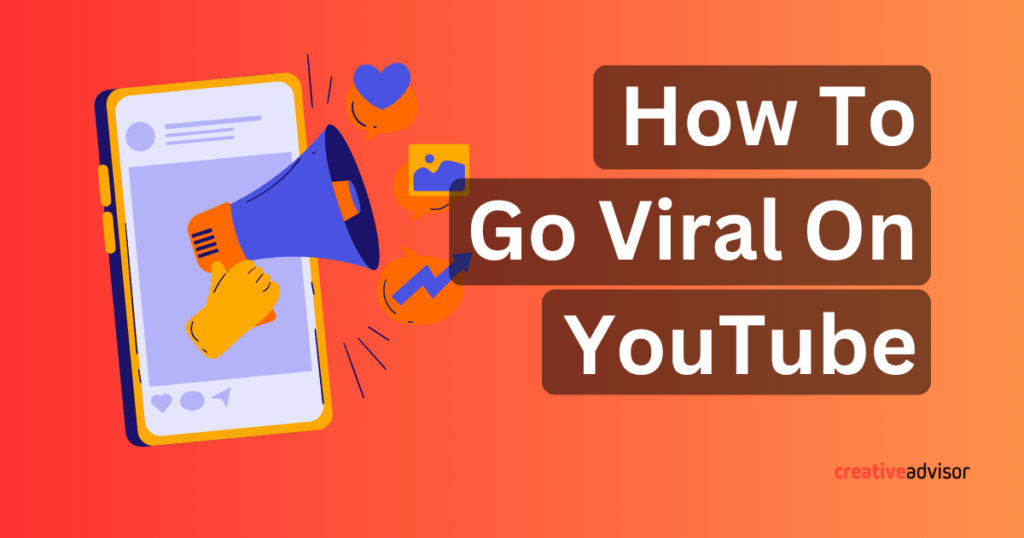It’s a familiar scene: You’re right in the middle of a video when your favorite YouTuber breaks from their regular content to talk about a product or service. Then there is a link, usually with the promise of a discount. If you use the link to buy something, they say, it’ll help support the channel. It feels more personal than that ad for online therapy you skipped over at the beginning of the video. This is YouTube affiliate marketing.
If you’re new to YouTube but have a small following, affiliate marketing could be a great way to monetize your videos. For small channels, you might earn more money than you would through the YouTube Partner Program (YPP). Plus, your income comes from products and services you actually like and use. But be prepared to make a time investment — it takes a little more effort than simply running ads.
Related: How to become a YouTuber in 2023
What is YouTube affiliate marketing?
YouTube affiliate marketing is when a company pays you to promote a product or service on your channel. The type of affiliate marketing that YouTubers typically use is called involved affiliate marketing. This means that you have a relationship with the product and service you’re promoting. After you’ve posted videos with the promotion, you’ll get paid based on views, clicks or sales.
This is different from running ads through the YPP, where you get paid by letting YouTube run its own ads on your channel. It’s also different from influencer marketing or sponsored content, where you’re paid a flat fee to promote a product or service in a video.
Read our guide to making money on YouTube to see how affiliate marketing compares to other types of revenue streams.
How does YouTube affiliate marketing work?
Affiliate marketing on YouTube works by giving you money in exchange for promoting a product through a link or discount code on your channel. Most YouTube affiliate marketers get paid a fee or commission based on the number of views, referrals or sales made through that link or discount code every month or so.
Once you’ve ironed out an affiliate deal with a company, it’ll give you a link or code to include in your videos where you promote the product or services.
How you promote your partners is up to you. With some products, you might only need to use it in the video. Others might require you to take a break from content to actively promote and discuss what you like about the product or service.
Key Benefits of Affiliate Marketing
Affiliate marketing has several benefits — especially to YouTubers with a small but loyal following.
- Payouts are often higher than running ads on your videos through YPP.
- You can choose your advertising partners so you’re making money from a company you trust and like.
- You get control over what goes into the ad copy. While you’ll have some guidelines, there’s space for you to express yourself.
- There’s minimal effort involved if your partner is happy with you just using the product in your videos.
- It may not require as many views or subscribers as it does with the YPP to make the money you need to support yourself.
How much can you earn with YouTube affiliate marketing?
How much you earn through YouTube affiliate marketing depends on factors like your niche and target audience, the type of company partner with and the popularity of your channel. If your viewers don’t click on your links very often, you also likely won’t be paid much.
A helpful way to understand how much you can earn is to look at how brands pay their affiliate partners.
Fee per 1,000 views
Around half of influencer marketers pay their clients pay per number of people that viewed the ad, according to a 2023 Influencer Marketing Hub report. Affiliates sometimes refer to this as a CPM, which stands for “cost per mile” — which on YouTube means cost per 1,000 views.
This is how you earn money through the YPP, and the payout is typically lower than other payment structures. YouTubers typically report earning around $3 to $5 per 1,000 views.
Fee per click or qualified lead
Just over a quarter of brands pay influencers based on engagement with the ad, according to the Influencer Marketing Hub report. This is a flat fee based on the number of clicks or sign ups for a service through your link. Some may have slightly higher standards and pay per person who clicks the link and fills out a form.
For example, Bluehost, a web hosting company, pays $65 per qualified lead. This means that if you send someone who’s qualified for its services its way, it’ll pay you $65 — even if they don’t sign up. SEMrush, an SEO software company, offers $10 per person who uses your link to sign up for a free trial.
Fee or commission on sales
Slightly less than a quarter of brands pay a percentage of sales, according to the Influencer Marketing Hub report. This means that you won’t get paid if your viewers don’t buy anything — but the payouts are often higher.
For example, SEMRush also pays its affiliates a flat fee of $200 per sale. But if you sign up for the YouTube Shopping affiliate program, you’ll get paid a percentage of the sales your channel makes per partner, which vary by product.
How to get started with affiliate marketing on YouTube
Here are a few key steps to take to start partnering with brands on your channel:
- Build up an engaged subscriber base. One of the best ways to do this is to talk to your audience and other creators: Respond to comments, comment on your competitor’s videos, ask YouTubers in your niche if they’re interested in collaborating on a video.
- Grow your following on multiple platforms. This can help grow your subscribers and views while also giving brands multiple ways for brands to discover (and DM) you.
- Target high-volume keywords in your niche. Brands will be more interested in working with you — and may be willing to pay more — if your videos rank high in the Google and YouTube algorithms. Consider investing in SEO software like Ahrefs, TubeBuddy, or vidIQ to help plan your content.
- Take stock of your niche. Look out for the products other creators in your niche are promoting and take note of the things you regularly use in your videos. Reach out to the affiliate team for these brands and ask if they’re interested in a partnership.
- Be persistent. If a partner says no, that doesn’t mean no forever. Reach out again after you’ve reached higher subscriber and view benchmarks.
How many subscribers do I need to get started?
You don’t need to wait until you have millions of subscribers to get started with affiliate marketing. In fact, around 40% of brands actually prefer to work with nano-influencers — that is, channels 1,000 to 10,000 subscribers, according to the Influencer Marketing Hub report. By contrast, only 12% of brands wanted to work with mega influencers with 100,000 to 1 million subscribers.
Part of this is because influencers with bigger followers are simply too expensive, according to the report. But another reason the report cites is that smaller channels are more engaged with their following — and perhaps more likely to have a strong influence on their purchase decisions.
How the YouTube Shopping affiliate program works
YouTube Shopping works by allowing you to sign up for affiliate deals directly through YouTube Studio. Since YouTube has already done the legwork of setting commission rates, it’s a great option if you’ve already got a large following and don’t have the time to strike deals with partners on your own.
Once you’re signed up, you can tag your videos with any of the participating brands or retailers and earn commissions from the sales each month. Like YouTube’s other monetization programs, you’ll get paid through AdSense. Typically it takes between 60 to 120 days to receive commission after a sale. And if someone returns a product they bought with your link, you’ll have to return the commission too.
How to get started with YouTube shopping
Before you sign up, make sure you meet the YouTube shopping requirements:
- Member of the YouTube Partner Program
- At least 20,000 subscribers
- Based in the US
- Not a music, official artist or music partner channel (such as labels and distributors)
- Not set as a “Made for Kids” channel
- No significant amount of kid-related content on your channel
- No community guideline strikes
If you meet the requirements, you should be able to see it as an option on the Earn tab in YouTube Studio. After you click get started, all you have to do is hit the button to turn it on and accept the terms of service.
5 ways to use affiliate links on YouTube
There are a few places where you can include that link after you’ve struck a deal with a partner.
1. Descriptions
The most common place to put an affiliate link is in the description of a video that’s relevant to the product. You can post as many affiliate links here as you like — in fact, it’s common for YouTubers to post links to items that they use or are wearing in a video.
But since it’ll likely be hidden behind an expander, you may want to mention in the video where viewers can find links to support your channel.
2. Tags
If you meet YouTube’s requirements for product tagging, you can also add a tag to your video with an affiliate link. If you tag content, it will have a “View product” label that appears in the corner of the video. You can also tag products in your livestreams.
Tags are useful for when you don’t want to talk about the product directly in the video. To meet YouTube’s tagging guidelines, you don’t need to even mention the product as long as it’s relevant to the video content.
3. Pinned comments
Pin a comment at the top of your video with affiliate links to make it more visible than hiding it in the description. This option is best for videos with only a few links. Otherwise it might come across as spammy and lose your viewer’s trust.
4. Annotations
You can also add an annotation to your videos with an affiliate link. This way, the link will pop up at the top of the video while you’re using or talking about the product — or wherever else you think it makes sense.
Unlike a tag, annotations won’t be there for the duration of your video. But that could actually be a benefit. The novelty of a pop up draws attention to the link in a way that a product tag might not.
5. Video scripts
This might sound ineffective, but many YouTubers actually read the link out loud if they’re running a more traditional ad in their videos. It’s a good way to remind viewers that there’s a link, which may send them hunting to the description.
Some fans might even get it stuck in their head if they watch enough of your content. I know I’ve personally remembered and used affiliate links days after I’ve watched a video.
Types of videos to use for affiliate marketing
While you can use your affiliate links on almost any type of video, these formats might get more clicks and sales than others.
That being said, you don’t want to make videos that veer too far from the type of content your subscribers have come to know and love. So if you’re a minimalist lifestyle vlogger, for example, a massive product roundup might turn off viewers who originally came to your channel for your no-buy year videos. Adding an ad break to your regular content is A-OK.
Shorts
Brands tend to prefer working with short-form videos over longer videos, according to the Influencer Marketing Hub report.
There’s also the bonus that you can post your YouTube shorts on TikTok, Instagram Reels, and Facebook — which are the channels that brands prefer to work with over YouTube. This can open you up to more affiliate partnerships with minimal extra work.
Reviews
Reviewing a product or service that you like and use is a great way to make sure people who are ready to click through see your video. This is called a “high-intent” viewer in advertising because they’re ready to make a decision.
One strategy is to look for products that have a relatively high search volume in your niche and go for those first. Or, go for easy wins by targeting less popular products that don’t have a lot of competition in the YouTube and Google rankings.
Round-up and best videos
Round-ups or best videos are annual or even monthly lists of the best options for a product or service (think “best budgeting apps of 2023”). Best videos tend to be very lucrative because you’re upping the odds of getting a click or purchase by giving high-intent viewers multiple options to choose from.
You don’t need to have partnerships with all of the products you include — in fact, viewers might suspect you’re being disingenuous if you do. Make sure to tell your viewers how you decided which products made your best list for transparency.
Trending videos
Trending videos are a style or format that creators are making across your niche or YouTube. Some trends include unboxing videos, challenges and “what I eat in a day” videos. These are a great opportunity to include affiliates that you don’t necessarily have to mention in your video (though you can if you want to).
I like to think of trend videos as a way of engaging with your audience, since trending formats might get a higher number of views. It wouldn’t be trending if people weren’t interested in that style of content.
You can go to YouTube’s trending feed for ideas — though you’ll probably notice patterns as you keep up with other creators in your niche.
How-to videos
Videos that target “how to” keywords in your niche — like how to pack a suitcase if you’re in the travel niche — can be a great way to showcase at least one product or service. While your viewers might not know they want to buy something, they may be willing to shell over a few bucks if something will make the process of doing something easier.
And like with some other video formats, you don’t necessarily need to mention any products in the video. Just adding a link somewhere could be enough.
Best practices for promoting affiliate links on YouTube
Follow these best practices to avoid alienating your viewers — and avoid getting in trouble with the FTC.
- Include an FTC disclosure that states that you have a material connection with your partner wherever you include an affiliate link or discuss a partner’s product or service.
- Be honest with your opinion and experiences with the product or service.
- Avoid making claims that would be illegal for your affiliate partner to make — they should tell you what you can or cannot say while you’re setting up your deal.
- Don’t include any unsubstantiated or misleading statements about a product or service. It’s fine to include observations based on your experience but not OK to guarantee it’ll be the same for everyone if that’s not backed by evidence.
Another best practice is to make sure that your videos meet YouTube’s advertiser-friendly content guidelines. So save violence, large amounts of vulgar language, dangerous stunts, and other not-so-family friendly content for videos that you don’t want to advertise on.
Partners outside YouTube may have additional restrictions on the types of content they’d like to appear on. And if your audience is mostly children, know that you will be held to a higher ethical standard by the FTC, YouTube, and affiliate partners.
Additional Best Practices for YouTube Experts
The FTC has a couple of extra rules for how experts represent themselves and their professional opinions in advertising.
First is that if you’re presenting yourself as an expert, you need to have relevant qualifications in that field. So if you’re calling yourself a doctor but your medical degree is from the school of life, you can’t endorse a product as a doctor.
The second is that you also have to avoid claims that would not be backed by other experts in your field. So even if you actually have an MD, you can’t cite a study with obvious flaws as a reason your viewers should buy a supplement.
Bottom line
Affiliate marketing is a great way to make money from your YouTube channel when YPP isn’t cutting it. It’s especially good for YouTubers with a smaller audience and a following on other social media platforms like TikTok and Instagram.
But it’s always a good idea to diversify your revenue sources. Read our guide to making money on YouTube to learn about more ways to up your earnings.




